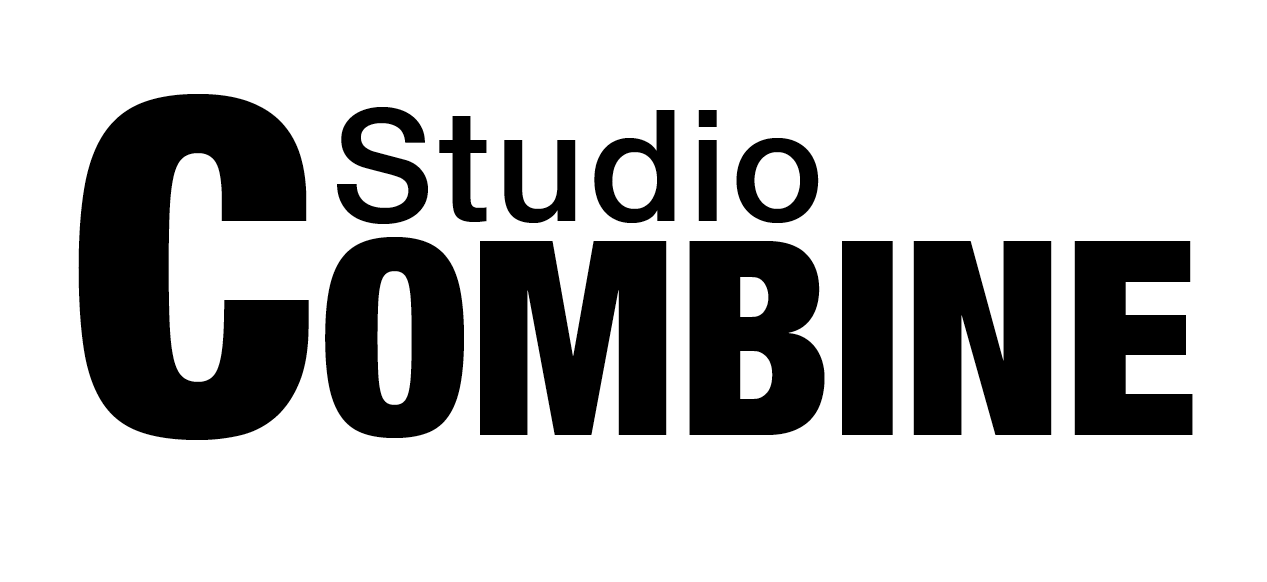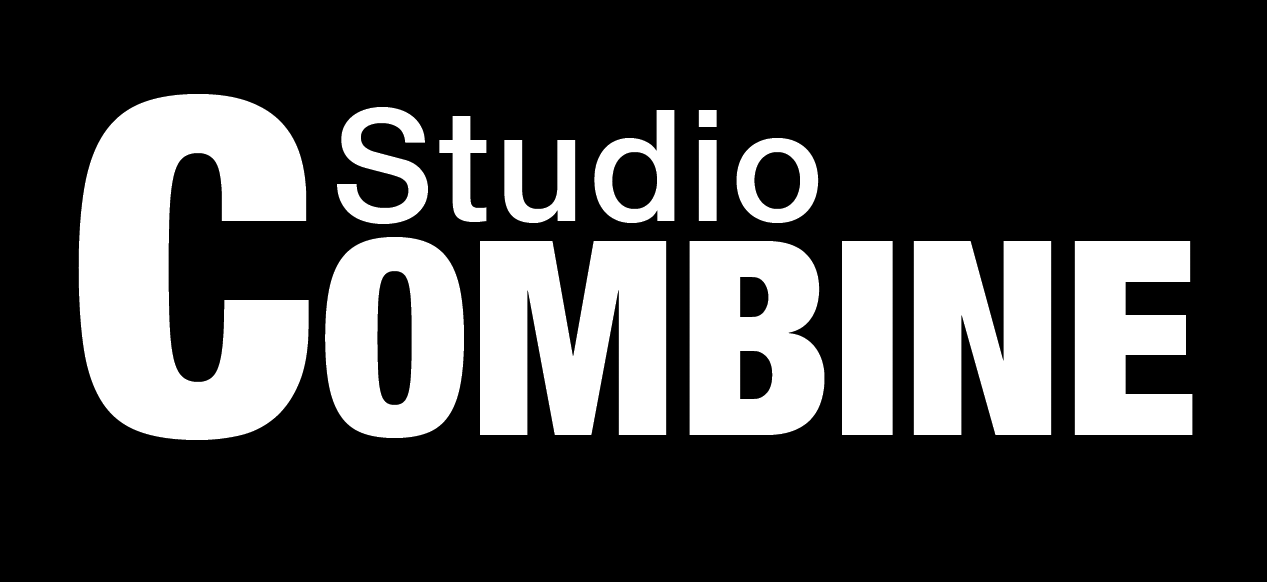The Enduring Relevance of Drawings
A letter to the editor of Fine Homebuilding Magazine in response to the David Hornstein’s article, “Are 2D Drawings Obsolete for Homebuilding?“
I appreciated David Hornstein’s BuildingMatters perspective in his article, “Are 2D drawings obsolete?” I have worked as an architect on several different project scales and types, and I find that many of Hornstein’s observations resonate industry-wide. Digital models are increasingly valuable.
On the big question he poses though, I feel a little differently.
2D representation remains a vital tool for design and communication. “Drawings”–whether those are drafted or extracted from a model–call attention to key features, relationships, and concerns. They outline intent and assembly for the builder, permit official, and (ideally) the client. To think of a drawing set as a set of linear instructions (i.e. ‘do this and then do that’) would be misleading. It would also encroach on the builder’s agency over means and methods.
Some of the quandaries Hornstein ascribes to drawings also apply to digital models, which are themselves not de facto complete and comprehensive. Whenever my team shares a model, we make sure the recipient understands its degree of resolution and specific intent. Risk of errors and omission multiplies in dynamic 3D. My team never creates a “digital twin” of our projects; it just wouldn’t be efficient. Curating a workable model through drawings CAN be efficient, however. Drawings explicate key moments, whether those are typical or atypical. They provide a controlled avenue for critical commentary.
Finally, some of the struggles Hornstein laments are the challenges that make our profession so rewarding. Crafting a good drawing set is downright fun. Identifying a builder’s knowledge set invites input, sidestepping the pitfalls of a rigid design-bid-build handoff. Scale-specificity filters information and structures how users zoom in and out of the build. We smooth what Hornstein refers to as the ‘standard method of printed drawings’ by hyperlinking our pdfs, and viewing them via computers, tablet devices, or phone.
Practices like these temper the article’s conclusion without departing from its core sentiment. There exists many a landmine between a design’s conception and its realization. We simply needn’t throw out 2D drawings with the bathwater. At least not yet. Let’s revisit the question in ten years or so and see how we feel.
Thanks,
Andrew Ballard, AIA
Principal, Studio Combine
Editor, Iowa Architect Magazine



